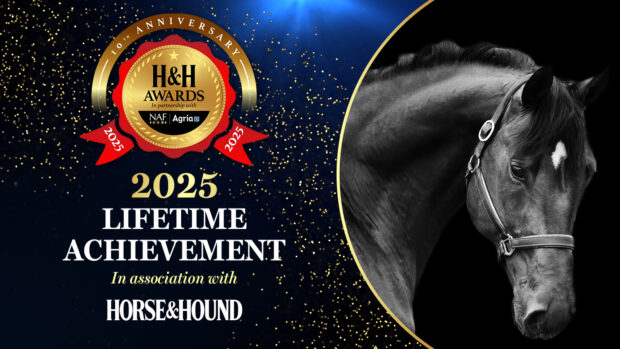Promotional Feature with Phileo Equine
As a monogastric, hindgut fermenter, the horse relies on the caecum and colon as the main site of forage breakdown, energy conversion and nutrient supply.
These organs are home to trillions of microbes that breakdown feed and forage through the process of fermentation, converting it into fuel and providing essential nutrition to the rest of the body.
The microbiome within the hindgut of the horse is intrinsically linked to their overall health and performance. Not only is the hindgut microbiome responsible for the fermentation of food, and in turn up to 70% of a horse’s energy requirements, but also for 80% of the immune function. Furthermore, it is also home to the majority of neuroreceptors via the gut-brain axis, a phenomenon that may be the future of ensuring optimal welfare of our beloved horses and ponies.
Each horse has its own, very unique microbiome, like an individual fingerprint. Within the microbiome there are both beneficial and pathogenic microbes , and a careful balance is required to keep the environment harmonious. Many factors influence this balance. Some management factors that impact the balance are within our control, such as diet and feeding times, but many are not. These include:
- Transport
- Competition
- Training intensity
- Illness
- Time spent stabled
- Change in environment (for example, being away at shows)
- Other horses leaving or entering the herd
- Change in rider, owner or handler
Despite our best efforts, our horses are still exposed to an element of stress throughout the day. When the balance of microbes is negatively affected, a disorder known as hindgut dysbiosis occurs. This causes the conditions in the hindgut to quickly deteriorate – beneficial microbes begin to die off while pathogenic microbes quickly increase in number to produce unwanted substances, such as lactic acid.
Acidic conditions in the hindgut can lead to inflammation and a breakdown in the gut lining, which causes what is known as “leaky gut”. If this occurs, microbes and toxins from the gut are able to move into the bloodstream, which causes problems such as laminitis. Acidic conditions in the gut also cause discomfort in the colon and can lead to a horse favouring one side of its body, resulting in fatigue and increased risk of injury. Systemic acidosis can also proliferate and poor recovery, colonic ulcers, gastric ulcers – among other metabolic conditions – can occur when conditions in the hindgut become acidic.
Signs your horse could have hindgut dysbiosis
If you can answer yes to the below questions, your horse or pony may have hindgut dysbiosis.
1. Has your horse or pony experienced any of the following changes?
- Exercise routine or intensity
- Stabling/housing
- Bedding material
- Pasture mate
- Forage/feed type
- Forage/feed batch
- Illness with medication administered
2. Is your horse or pony displaying any of these signs?
- Changes in behaviour
- Sensitivity around the abdomen
- Change in faeces colour or consistency
- Struggling to maintain weight
- Loss in body condition
- Dull coat
- Drop in performance
Actisaf live yeast and Safmannan premium yeast fraction bring a range of benefits to horses and ponies by supporting a stable and healthy microbiome in the gut. This video shows Phileo UK and Ireland’s equine specialist Christine Campbell explaining how these products help equines perform and feel their best no matter their job.
For more information about mitigating the effects of these stressors on the microbiome, visit phileoequine.com



